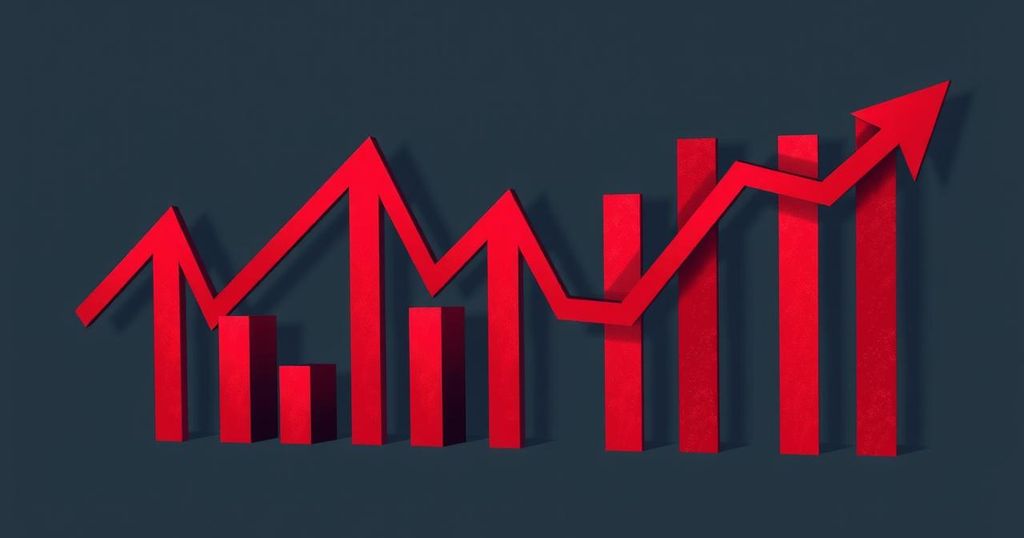The Saudi stock market fell 0.6% due to disappointing corporate earnings, while Egypt’s EGX30 index rose 0.8% driven by positive company results. Key banks in Saudi Arabia, including Al Rajhi and Riyad, experienced notable declines. Meanwhile, oil prices decreased amidst geopolitical tensions. In Egypt, banks and technology companies reported substantial profit increases, contributing to the market’s upswing.
On Sunday, Saudi Arabia’s stock market continued its downward trend, marking the fourth consecutive session of losses due to lackluster corporate earnings. The benchmark index TASI declined by 0.6%, influenced by a 0.4% drop in Al Rajhi Bank and a more pronounced 3.4% decrease in Riyad Bank. Additionally, the Saudi Tadawul Group experienced a 0.5% reduction after failing to meet analysts’ profit projections.
Meanwhile, oil prices saw a decrease as investors reacted to a heated debate in the Oval Office involving the U.S. and Ukrainian presidents. Markets were also apprehensive with the potential implications of new tariffs from Washington and Iraq’s plan to resume oil exports from the Kurdistan region.
In contrast, Egypt’s blue-chip index EGX30 gained 0.8%, breaking a four-day losing streak grounded in positive company performance. Notably, Commercial International Bank experienced a 1.1% increase, while Fawry for Banking Technology and Electronic Payment surged by 4.4% following a reported rise in 2024 profits. Additionally, E-Finance for Digital and Financial Investments rose 2.7%, showing strong fourth-quarter profit growth, according to data shared by the central bank that revealed a 32.1% year-on-year increase in Egypt’s M2 money supply for January.
In summary, Saudi Arabia’s stock market faced continued pressure due to poor earnings results, while Egypt’s bourse showed resilience with encouraging company performances. The contrasting trends highlight regional economic disparities, with Saudi markets reacting negatively to disappointing data, while Egyptian stocks benefitted from positive financial reports and growth indicators.
Original Source: www.tradingview.com




